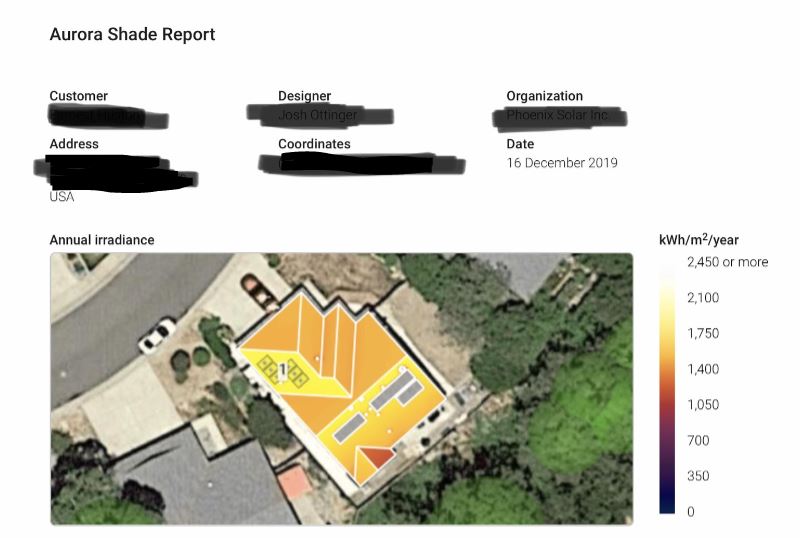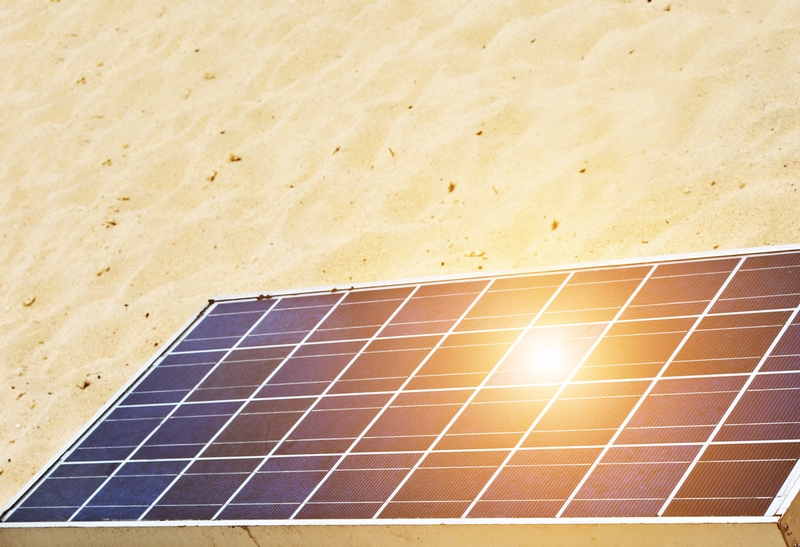An important concept when considering solar panels is that of sunlight hours.
Let’s take a closer look at this concept and why it is so important in properly designing a solar power system for your home or business that will adequately meet your energy needs while attaining the overall goal of “net-zero” or owing no more for power than your solar panels generate.
Two of the most critical pieces of data needed by engineers when designing a solar program for a homeowner include:
- The amount of energy (measured in kilowatt-hours) that the home needs to operate on an annual basis
- The amount of sunlight available to create the electricity that hits the panels and powers the home
Let’s consider two identical homes, both of which require 12,500 kWh annually to operate.
House #1 is sitting squarely on the map, with the front-facing north and the back facing south.
With home #2, the back of the house faces east and the front of the house faces west. Let’s assume that the front of both houses is unsuitable for solar panels due to obstacles (vents, a chimney and other items that preclude the placement of panels).
Because we are in the northern hemisphere, the ideal direction for solar is due south. Put another way, solar panels on a south-facing roof will have more hours of sun per year (sunlight hours) than panels on the east. So, House #2 needs more panels than house #1 to generate the same amount of electricity, because the sun’s path across the sky throughout the year will favor a south-facing solar array.
Aurora Energy uses very sophisticated technology that not only computes how many hours of sun each panel gets per year, but it accounts for shading from nearby trees, and any other factors that might impact the number of sunlight hours available to produce electricity. Without this critical information, it’s impossible to design an accurately-sized system.
Here is an example:

Sadly, through the years, we have seen countless homeowners end the first year with that dreaded “true-up” bill from their utility company, indicating that their solar did not produce enough electricity to meet their annual needs. After all, we go solar to replace the utility, not partner with the utility.
Give us a call here at Aurora Energy if you are looking into making the solar switch. Our commitment to you is to use the very best technology to create the very best solar energy system to meet your unique needs. A well-designed system achieves that coveted “net-zero,” when your solar panels produced as much (or potentially more) electricity than you used in your home.
Make sure that your solar contractor has invested in the technology required to accurately size a design, so that you aren’t left with two power bills, one for solar and one for the utility company.




